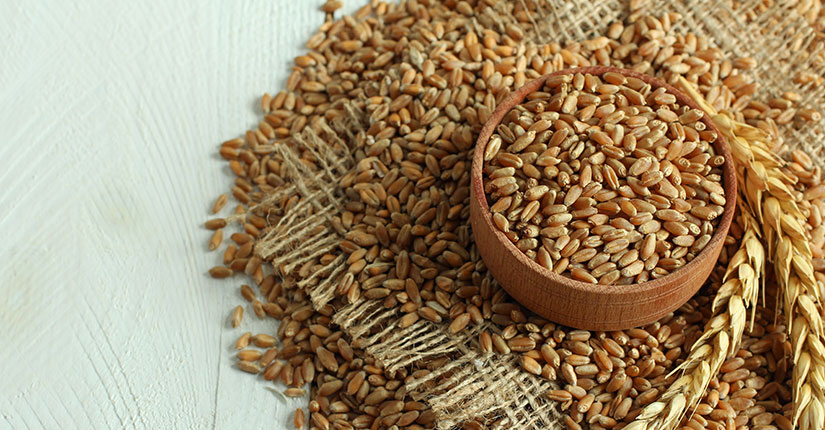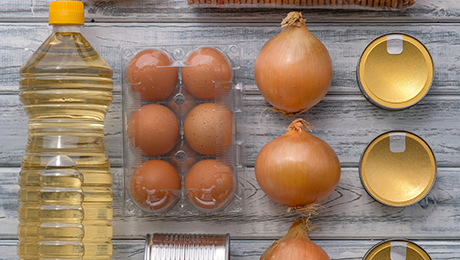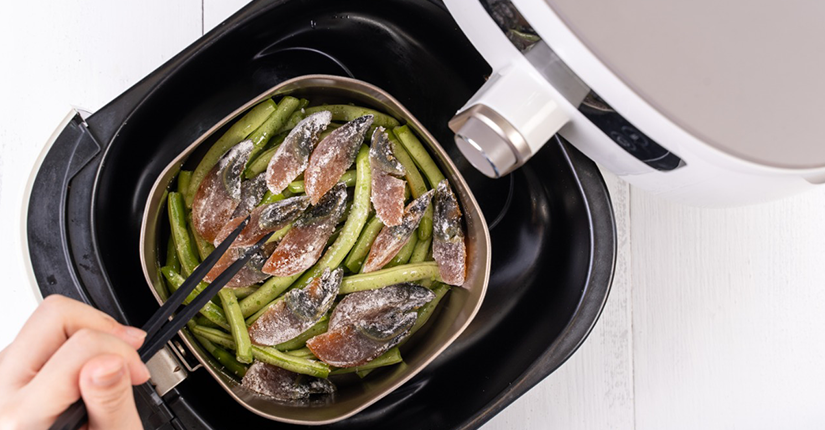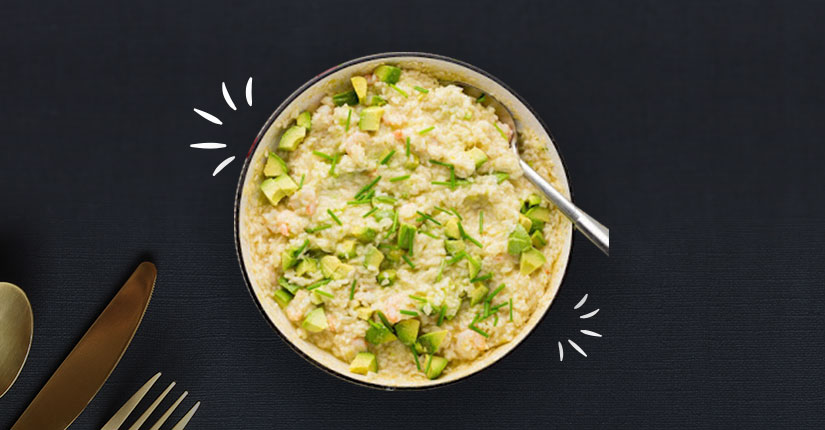Food Trend Alert- Spelt or Dinkel Wheat & Its Health Benefits
By Nmami Life Editorial 13-Jul 2020 Reading Time: 3 Mins

Spelt (Triticum spelta) has a protective layer (“hull”) surrounding its grain (“spelt”). The hull is removed during production to make the spelt grain more commercially viable. The removal presents an additional processing step (and, expense) which is otherwise not done with common wheat and this structural difference turns spelt into a healthier alternative to common wheat.
Spelt, also referred to as dinkel wheat or hulled wheat, is a species of wheat that has been cultivated since approximately 5000 BC. Germans call it dinkel wheat. Spelt was a vital staple food in parts of Europe from the Bronze Age to medieval times and it is a hexaploid wheat, which means it has six sets of chromosomes.
Health Benefits of Spelt Wheat
- Spelt wheat contains traces of beneficial nutrients like calcium, selenium, and vitamins B1, B6 and E.
- Like most whole grains, it is also an excellent source of dietary fiber and high in carbs.
- Nutritionally, it is very similar to wheat. However, spelt is known to be slightly higher in zinc and protein and almost 80% of the protein in spelt is gluten.
- Regular consumption of spelt or other whole grains can give protection against obesity, heart disease and type 2 diabetes, have a lower risk of strokes, some cancers
- They are a good source of essential nutrients like iron and zinc and carbs, protein, fiber.
- They are also more helpful in maintaining a healthier weight and have better digestive health.
Risks of consuming spelt wheat
Spelt contains gluten and hence should, therefore, be avoided on a gluten-free diet. It is not suitable for people with celiac disease, gluten sensitivity or a wheat allergy. Spelt contains FODMAPs (Fermented Oligo-, Di,-, Mono- saccharides and Polyols), which can cause problems for people with Irritable Bowel Syndrome (IBS). Fermenting spelt wheat to make sourdough bread can lower the amount of FODMAPs present.
Spelt contains phytic acid, which is responsible for the reduced absorption of minerals. Soaking, sprouting and fermenting grains can reduce the phytic acid content. All grains contain high amounts of lectins. However, most of these lectins are eliminated during cooking or processing.
Over to you
Spelt and wheat share very similar nutrition profiles. However, spelt may contain slightly more minerals and less phytic acid as compared to wheat but is unsuitable for specific cases like gluten insensitivity. Consult your dietitian before adding spelt to your diet.


















